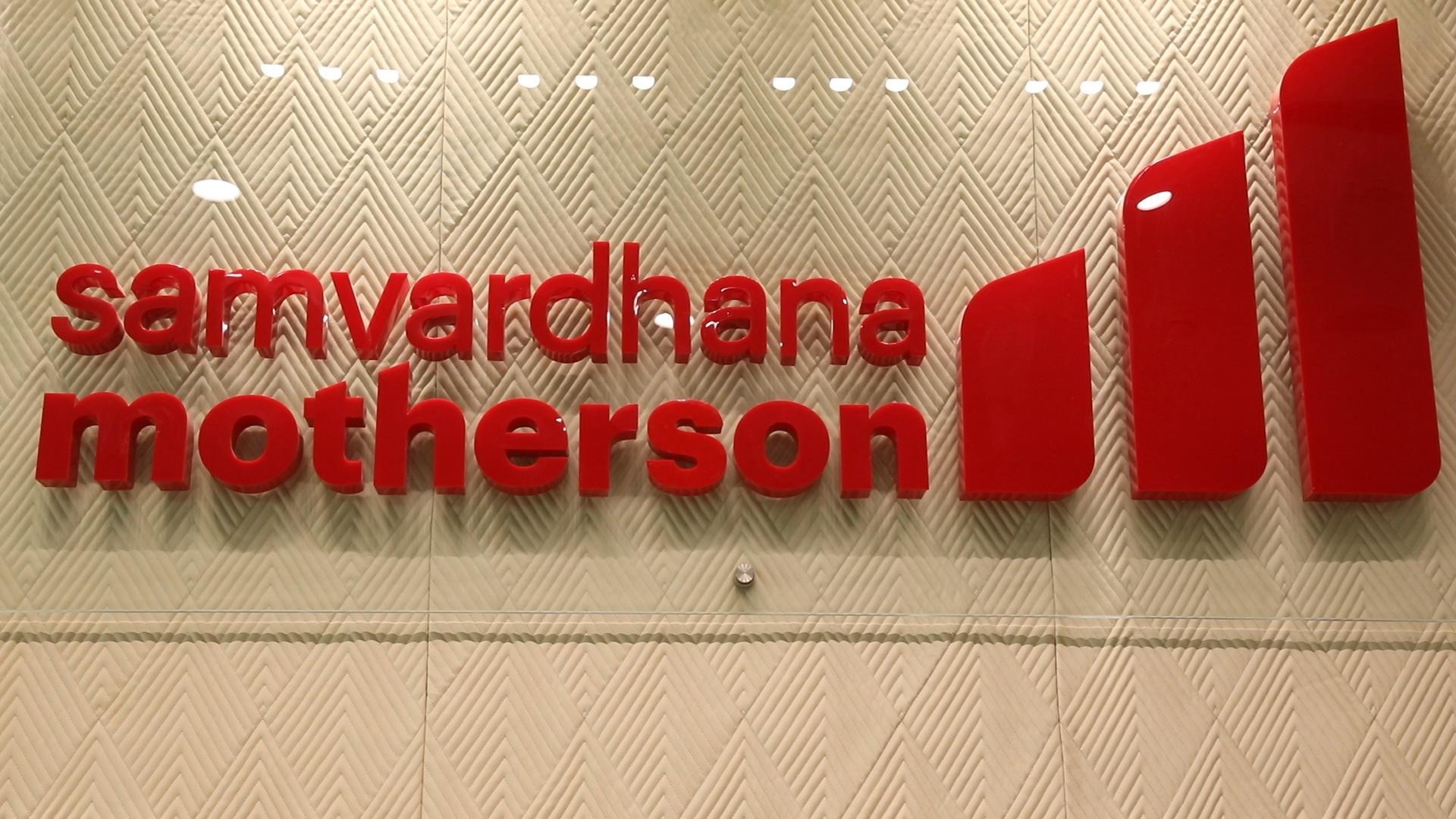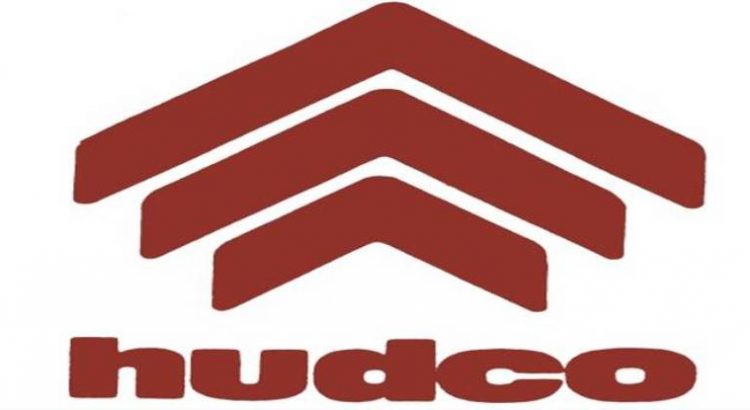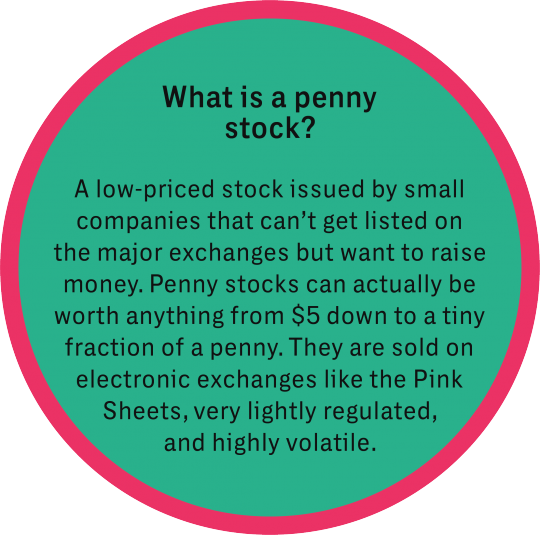
A De-merger is a corporate restructuring where a business is broken into parts .
A De-merger permits a huge organization, for example, an aggregate, to separate its different brands or specialty units to welcome a securing, to raise capital by auctioning off segments that are no longer piece of the business’ center product offering.
A De-merger is the point at which an organization separates at least one divisions to be auctions off.
A De-merger may happen for a few reasons, remembering centering for an organization’s center tasks and turning off less pertinent specialty units, to raise capital, or to dishearten an antagonistic takeover.
The most well-known sort of De-merger, the side project, brings about the parent organization holding a value stake in the new organization.
De-mergers are an important system for organizations that need to pull together on their most beneficial units, decrease hazard, and make more noteworthy investor esteem. De-Mergers likewise bears organizations the capacity to have pros oversee explicit specialty units or brands as opposed to generalists. It is additionally a decent system for isolating out specialty units that are failing to meet expectations and making a delay in general organization execution. De-mergers can make some entangled book keeping issues however can be utilized to make tax breaks or different efficiencies. Government mediation, for example, to separate a restraining infrastructure, can prod a De-merger.
De-mergers can occur for an Different of reasons, one of them being that administration knows something that the market is un informed of and needs to address an issue before it discovers. This is obvious in that corporate insiders will in general benefit from De-mergers.
Disclaimer: I am Not a SEBI REGISTERED ANALYST. This Website & Its Owner, Creator & Contributor is Neither a Research Analyst nor an Investment Advisor and Expressing Option Only as an Investor in Indian Equities. All trading strategies are used at your own risk. He/ She are Not Responsible for any Loss a Rising out of any Information, Post or Opinion Appearing on this Website. Investors are advised to do Own Due Diligence or Consult Financial Consultant before acting on Such Information. Author of this Website not providing any Paid Service and not Sending Bulk mails/SMS to Anyone. Information is in no way guaranteed. No guarantee of any kind is implied or possible where projections of future conditions are attempted. Investment/Trading in securities Market is subject to market risk












